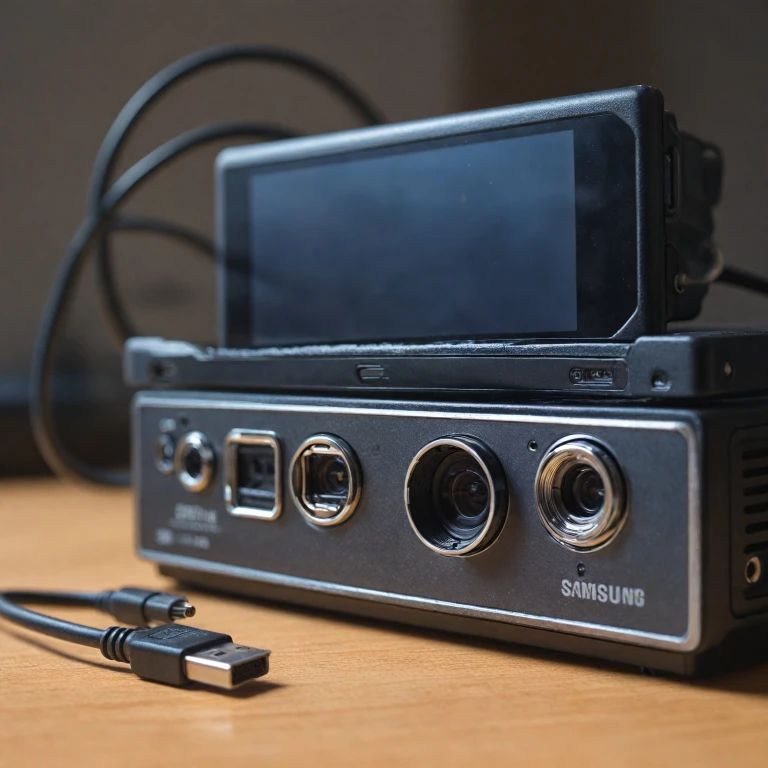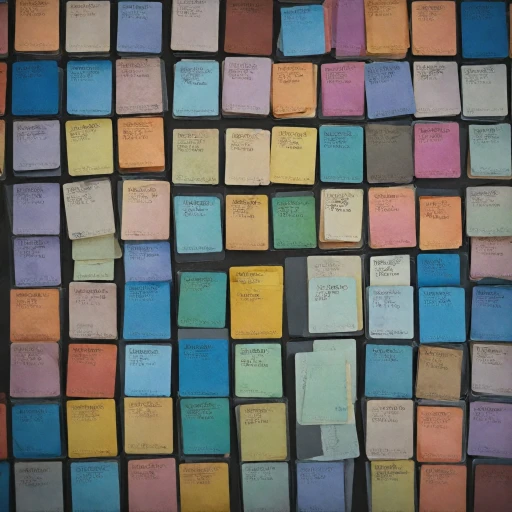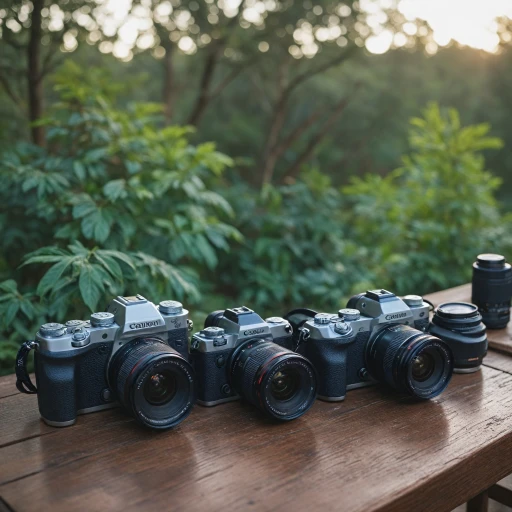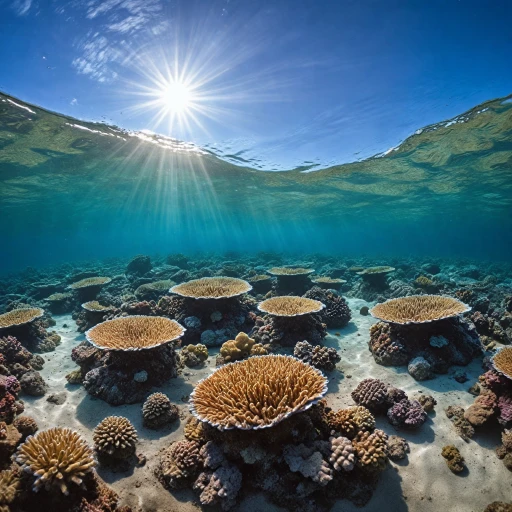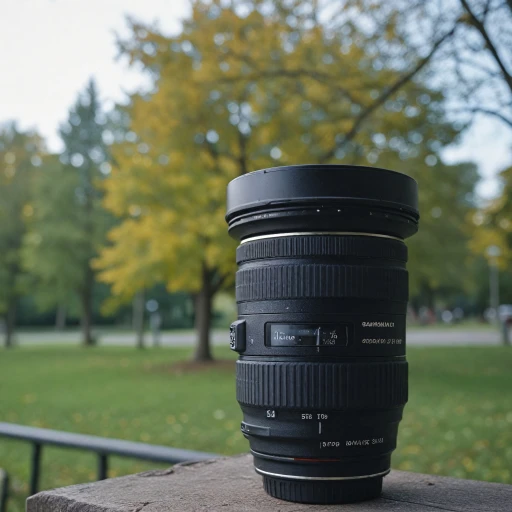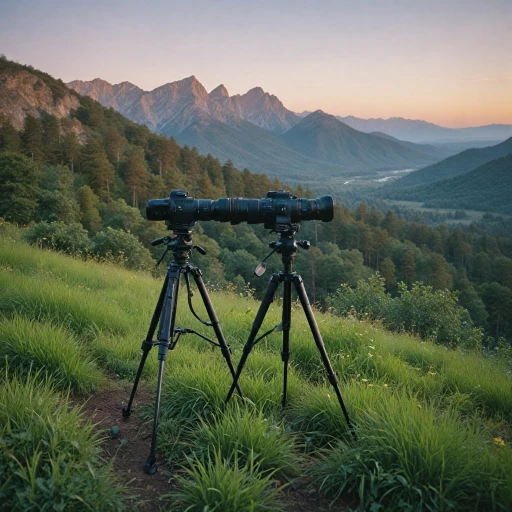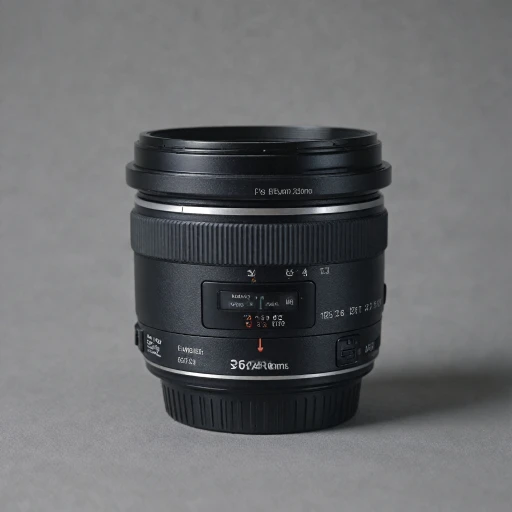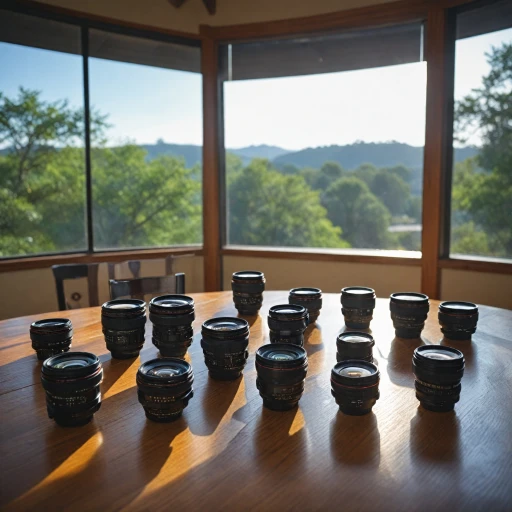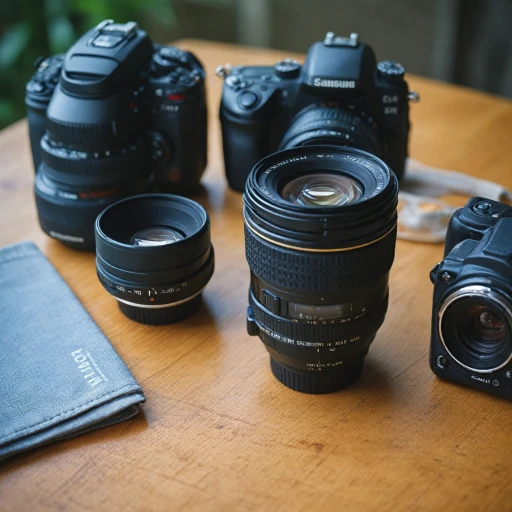
The Role of Mini HDMI in Digital Cameras
Understanding the Mini HDMI Functionality
The mini HDMI plays a crucial role in the realm of digital cameras, acting as a bridge to transport high-quality audio and video signals to various devices. The mini HDMI connector is smaller than the standard HDMI connectors, making it ideal for portable devices such as cameras, where space is at a premium. This compact design allows digital cameras to maintain their ergonomic benefits while still providing the ability to output to monitors or larger displays.
Moreover, mini HDMI connections offer a high speed and reliable link essential for transferring data without compromising the picture and sound quality. Indeed, the mini HDMI connector is part of the standard HDMI lineup that includes full HDMI, micro, and other HDMI types, each selected according to device needs and usage scenarios. By providing an efficient link, photographers can easily review and share their content on larger screens in vivid detail.
For those looking to enhance their digital camera setups further, the right lighting equipment can also significantly impact the final output. As such, understanding the different elements, including the mini HDMI's role, is vital for maximizing the potential of your digital camera and improving your photography experience.
Mini HDMI to Mini HDMI: What You Need to Know
Understanding the Essentials of Mini HDMI Connections
With various HDMI types available in the market, understanding their differences is key to making an informed choice for your digital camera. HDMI mini and HDMI micro are the two connectors frequently associated with portable devices, like cameras. Although these two terms are often used interchangeably, they serve distinct purposes and require a careful selection.
When it comes to connectors, mini HDMI connectors are the middle ground between the full-size and micro HDMI types. They are well-suited for digital cameras and known for balancing compactness with functionality, supporting both high-speed data transfer and reliable audio video output. Ensuring compatibility with your device is essential, so always check your camera's manual before purchasing an HDMI cable.
Another key aspect to consider is the durability of mini HDMI cables. Given the frequent plugging and unplugging, investing in high-quality cables with robust connector build is wise. Opt for products that have reinforced ends and can withstand the wear associated with regular usage. Those that can flex at a 90-degree angle without damage are particularly advantageous.
Cable length is also critical, especially in environments where flexibility is necessary. Choosing the right length can prevent signal degradation and clutter. For most photography setups, a couple of meters should suffice, but considering the specific needs of your shoot environment will guide you in making the best decision.
Furthermore, understanding the benefits of a structured setup when using mini HDMI connections can enhance both your ease of use and the quality of your photography work.
Choosing the Right Mini HDMI Cable
How to Pick Your HDMI Cable Wisely
Finding the perfect mini HDMI to mini HDMI cable for your digital camera is crucial in ensuring smooth audio and video transmission. With various options available in the market, it’s important to understand what each type offers, including the speed, support, and design considerations. Here's how you can choose the best cable for your needs:
- Type and Standard: Ensure compatibility by choosing the right HDMI type that suits your device. Mini HDMI connectors are common for portable devices, but it’s vital to verify your camera’s requirements for seamless connection.
- High-Speed Options: For transferring high-definition video and audio, opt for a high-speed HDMI cable. Such cables are equipped to handle full resolutions and offer higher refresh rates, providing smoother playback.
- Right Angle and Straight Designs: Depending on your setup, you might prefer a right angle connector for easier maneuverability in tight spaces. However, a straight HDMI connector is typically standard.
- Stock and Product Availability: Check product availability online or in stores to avoid delays. Make sure the product you are after is in stock and evaluate its reviews for reliability.
- Price and Quality: While prices can vary, it’s essential to balance cost with quality. Sometimes investing a bit more upfront can save you from frequent replacements.
For those diving deeper into enhancing their photography, including considerations beyond just hardware connections can be valuable. Feel free to explore how specific lenses can elevate photography results in coordination with your camera setup.
Setting Up Your Mini HDMI Connection
Establishing the Connection Between Your Devices
Setting up a mini HDMI connection for your digital camera involves more than just plugging in a cable. It is essential to ensure that all components are compatible and functioning optimally.- Check Compatibility: Before connecting, verify that your camera and external display or recording device both have mini HDMI ports. Additionally, ensure your mini HDMI cable supports the necessary video and audio quality standards required by your devices.
- Cable Selection: Choose a high-speed mini HDMI cable that can handle the data rate for both standard and high-definition outputs. This ensures smooth transmission of audio video signals without lag or degradation.
- Connectors and Adapters: Depending on your digital camera and the external device’s HDMI ports, you may need an adapter. If your camera uses a micro or full HDMI output, purchase an appropriate adapter to interface with the mini HDMI type. Verify the connectors are secured firmly to avoid any disconnections during use.
- Angle and Reach: Consider a straight HDMI or angled cable depending on your setup’s configuration. Proper cable management can prevent tangling or stress on the connector, enhancing longevity of your cables.
- Connecting the Cable: Carefully insert the cable into the mini HDMI port on both your camera and the external device. Most mini HDMI cables and devices support plug-and-play, allowing the connection to establish without additional configurations.
Troubleshooting Common Mini HDMI Issues
Identifying and Resolving Typical Connection Issues
When setting up your Mini HDMI connection, various issues might arise that can affect the seamless transmission of audio and video signals. Here’s a handy guide to help you overcome some of the most common problems:- Check the Cable Connection: Ensure that your HDMI cable is firmly connected to the devices. Sometimes, a loose connection can disrupt video and audio quality. Both the cable's connectors, mini and full-size HDMI, need to be securely inserted.
- Verify Cable Integrity: Occasionally, the issue might originate from the HDMI cable itself. Inspect the cable for visible wear and tear or internal damage. Investing in high-speed HDMI cables can enhance performance, especially for modern cameras.
- Test with Another Cable: If your connection issues persist, try using a different HDMI cable. This can help determine if the problem is due to the cable or the devices involved.
- Check Device Settings: Ensure that your digital camera settings are configured correctly to output video through the HDMI connector. Certain devices might require enabling specific settings or toggling video outputs.
- Reset the Connection: Power down your portable devices and reconnect the HDMI cable. Restarting can recalibrate settings and rectify minor glitches that might go unnoticed.
- Consult the Device Manual: Device manuals often contain valuable insights and troubleshooting steps specific to the camera model and types of HDMI ports used, whether mini HDMI or micro HDMI.
- Audio Output Issues: If video transmits correctly but audio is missing, examine the camera's audio settings to verify that audio output through HDMI is enabled. Experiment with different HDMI types to determine compatibility.
Enhancing Your Photography with Mini HDMI
Amplify Your Visuals
One of the standout benefits of a mini HDMI connection in your digital camera is the ability to project high-quality audio video content onto larger displays. This can be particularly useful during presentations or when sharing your work with a broader audience. Whether you're showcasing your latest travel video or conducting a photography workshop, the capability to connect effortlessly to multiple devices with a mini HDMI cable ensures that your visuals are presented in vivid detail.
Seamless Workflow
An efficient workflow is crucial for any photographer, and using a mini HDMI connector facilitates this by allowing quick connections to compatible devices. This not only saves time but also aids in viewing and editing images on larger screens, thereby helping to enhance the overall quality of your photographs. The integration with high-speed cables supports faster data transfer, ensuring that your editing process is smooth and effective.
Flexibility in Display Options
With the myriad of HDMI products available, adapting your digital camera to different viewing angles becomes a breeze. The diverse range of HDMI types, including mini and micro, allows photographers to connect to various displays without compromising on the audio video quality. When considering these cables, check the compatibility and the standard connector type of your devices to ensure seamless connectivity. This flexibility enhances your photography by giving you more control over how your images are displayed and perceived.
Future-proof Your Setup
Investing in a quality HDMI mini cable ensures that you are equipped for future technological advancements. As new high speed HDMI types continue to emerge, staying updated with standard HDMI products secures your ability to connect newer portable devices with your existing equipment. This not only protects your investment but also extends the longevity of your digital camera setup. By being proactive with your cable choices, you ensure that your photography remains at the cutting edge of technology.
